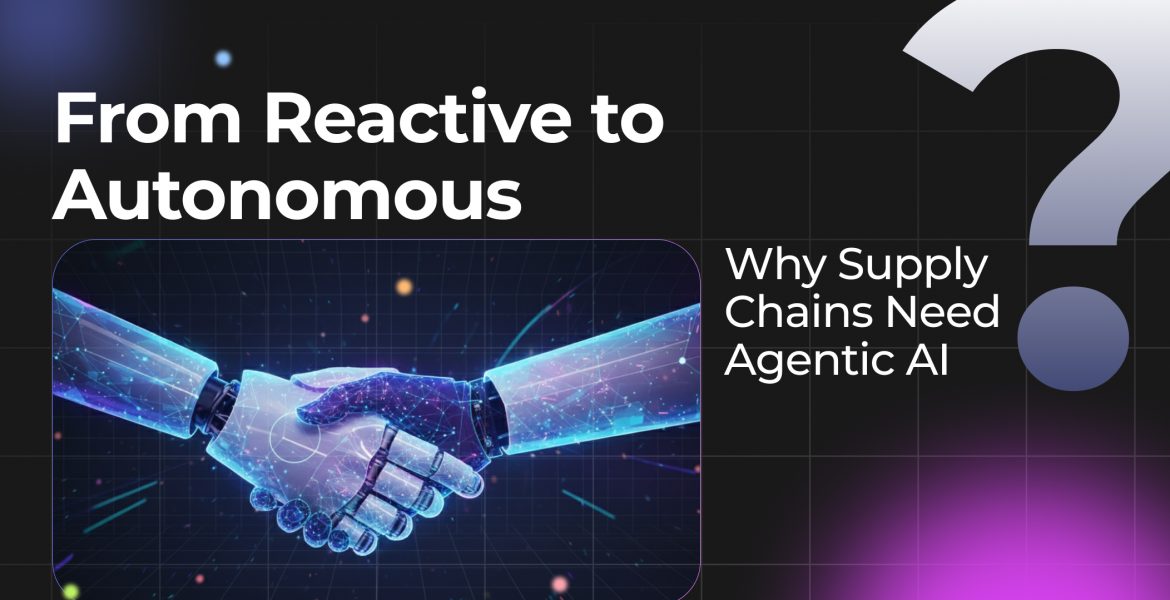
The Future of Supply Chain Integration: Agentic AI + APIs
On October 23, 2025 by Latheefa NazeerThe supply chain industry is undergoing a seismic shift, driven by Agentic AI and API-based connectivity. Unlike static automation, which operates within rigid boundaries, Agentic AI enables systems to reason, adapt, and act autonomously, transforming compliance, visibility, and workflow optimization. At the core of this revolution lies a critical enabler: APIs, which connect AI agents

5 Real-World Use Cases: How Agentic AI is Redefining EDI and Logistics
On October 21, 2025 by Latheefa NazeerIntroduction: Agentic AI Transforms EDI and Logistics Workflows Agentic AI is redefining how modern supply chains operate by turning traditional EDI and logistics processes into intelligent, self-learning systems. With the advancements described in our white paper, “Promise to Practice: Agentic AI in Supply Chain (2025–2026),” AI is moving from being a mere automation tool to

From Reactive to Autonomous- Why Supply Chains Need Agentic AI
On October 15, 2025 by Latheefa NazeerIn today’s volatile global economy, supply chains no longer have the luxury of reacting to disruptions; they must anticipate them. Traditional rule-based systems, once celebrated for automating repetitive workflows, now struggle to keep pace with the speed, and complexity of modern trade. The next evolution of supply chain intelligence is here: Agentic AI. A new

How Agentic AI Is Redefining the Modern Supply Chain in 2025
On October 14, 2025 by Latheefa NazeerPicture a supply chain that instantly reroutes shipments to avoid delays or selects the best suppliers without human input. This is the reality of Agentic AI, a transformative technology that surpasses traditional AI and machine learning, bringing unmatched autonomy and flexibility to logistics and procurement. As supply chains grow more complex, businesses need systems that

The Definitive Roadmap: Migrating from Legacy EDI to a Modern Cloud Platform
On October 9, 2025 by ShellyMany businesses today are still relying on legacy, on-premises EDI systems that slow down operations, increase costs, and limit visibility. For example, one fast-growing manufacturer found that every compliance update required costly custom coding, while their ERP integration constantly broke down. By moving to a modern, cloud-based EDI platform, the company was able to run
